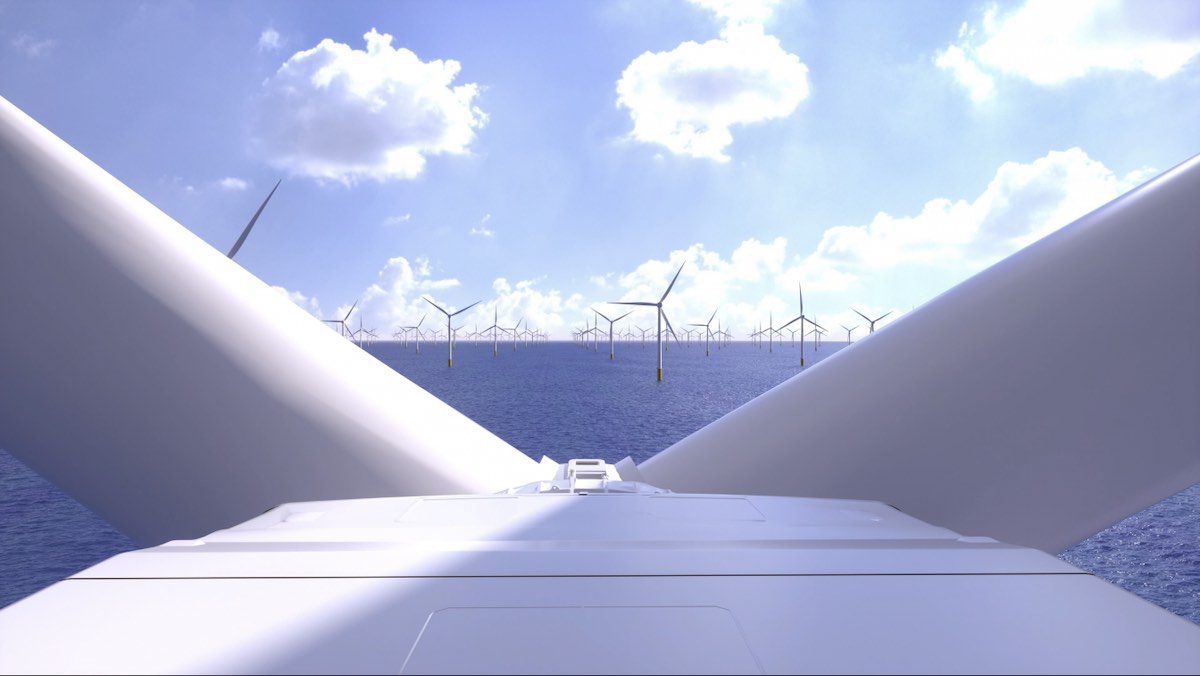Another major consortium has joined the rush to secure the rights to build a massive offshore wind project in Victoria’s Gippsland region, with news that UK giant SSE plc and the deep-pocketed, Singapore-based and Australian managed Equis Developments have joined forces.
The two companies said on Monday that their newly created joint venture, known as Poseidon, is applying for one of the feasibility licences that are being offered by the federal government through a tender program.
They say they have identified a potential 3.5GW project in a “target area” of around 700 sq kilometres within the newly proclaimed Gippsland offshore wind zone – the first in Australia – but would not reveal more details of its exact location.
The entry of SSE into the bidding race for one of the feasibility licences is significant, given that it is building the world’s two biggest offshore wind projects at Dogger Bank in England, and SeaGreen in Scotland.
The largely Australian management team behind Equis, spun out of Macquarie more than a decade ago, has only just returned to the renewable industry after the sale of its first venture, Equis Energy, to another Singapore based company Vena.
Equis is now building a large portfolio of battery storage assets in Australia, and some smaller wind and solar assets, but sees offshore wind as the big prize. It is backed by two of the biggest investment funds in the world.
“There is going to be a lot of power market chaos,” says David Russell, one of the founders of Equis and now a managing director at the company.
“Victoria needs more power. We are going to need a lot more generation, and a lot more dispatchable capacity.
“In Victoria, the social licence for onshore wind is depleting, the economics for large scale solar is not there, and they are not building hydro, so the state is going to have to focus on offshore wind if going to have the energy we need.”
Victoria has set a target of at least 2GW of offshore wind capacity by 2032, growing rapidly to at least 9GW by 2040. It sees offshore wind as essential to replace the ageing and dirty brown coal generators that could retire within the next decade.
Russell says SSE’s experience in building big offshore wind project in 40m to 60m of ocean – as it has done in the UK and Scotland – makes it highly qualified for the Victoria precinct, which has similar depths.
There are said to be some 15 different groups jockeying for position in Gippsland, and they include some of the world’s biggest players, including Orsted, Macquarie’s Corio, Equinor, Iberdrola, Shell, Alinta Energy, and a host of smaller players.
The most advanced project is considered to be the 2.2GW Star of the South project, backed by Copenhagen Infrastructure Partners.
“There are a lot of big names planting flags, but not all have teams in Australia,” Russell says.
Under the deal between SSE and Equis, the UK company will be responsible for the engineering, procurement, construction, operations, and maintenance of the offshore wind project.
Equis will be responsible for the development of the offshore wind project, including the power network connection, development approval and environmental requirements, community and stakeholder engagement, offtake and government licensing and financing requirements.
“SSE is carefully targeting opportunities to expand its pipeline internationally,” said Vincent Clausse, the head of international business development at SSE Renewables.
“Australia and the State of Victoria are at a very early stage of developing their offshore wind potential and SSE sees the Gippsland tender as a good opportunity to bring its capabilities to help deliver it.”
Equis early projects included the Tailem Bend solar farm in South Australia – the first in that state – but its original portfolio has been sold to Vena Energy, which ironically is also a contender in the Gippsland tender.
After finishing a “no compete” clause following that sale, Equis has returned with a big pipeline of projects, much of them in battery storage and led by the massive Melbourne Renewable Energy Park battery that Russell says should begin construction in the middle of this year.
Equis says it is currently developing 39 renewable energy and battery storage projects in Australia with an estimated investment cost of A$6.5 billion.
The company says it is also about to begin construction of the 528MW Anma offshore wind project in South Korea. It is backed by deep pocketed shareholders including the Abu Dhabi Investment Authority and Ontario Teachers’ Pension Plan Board.










